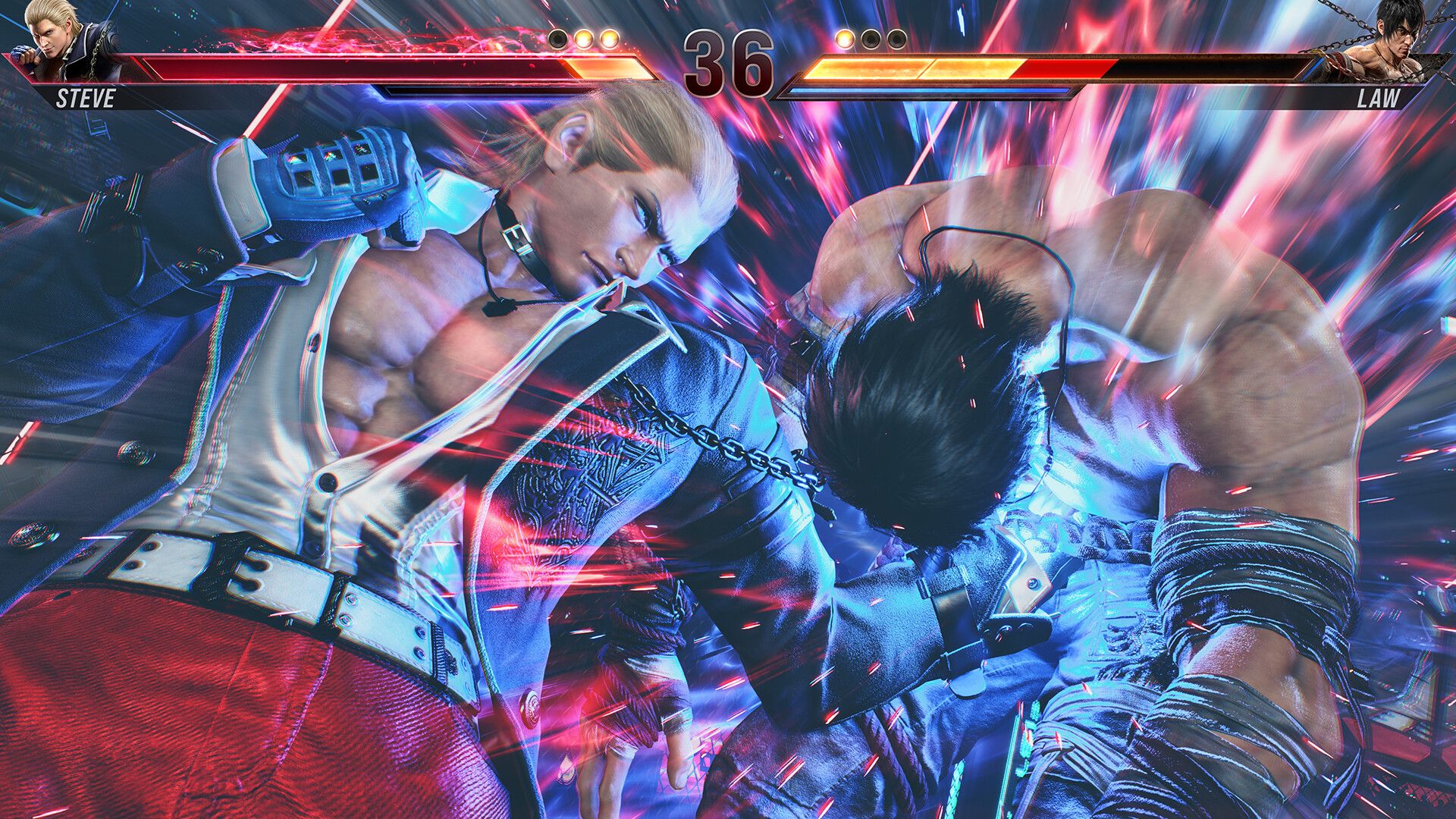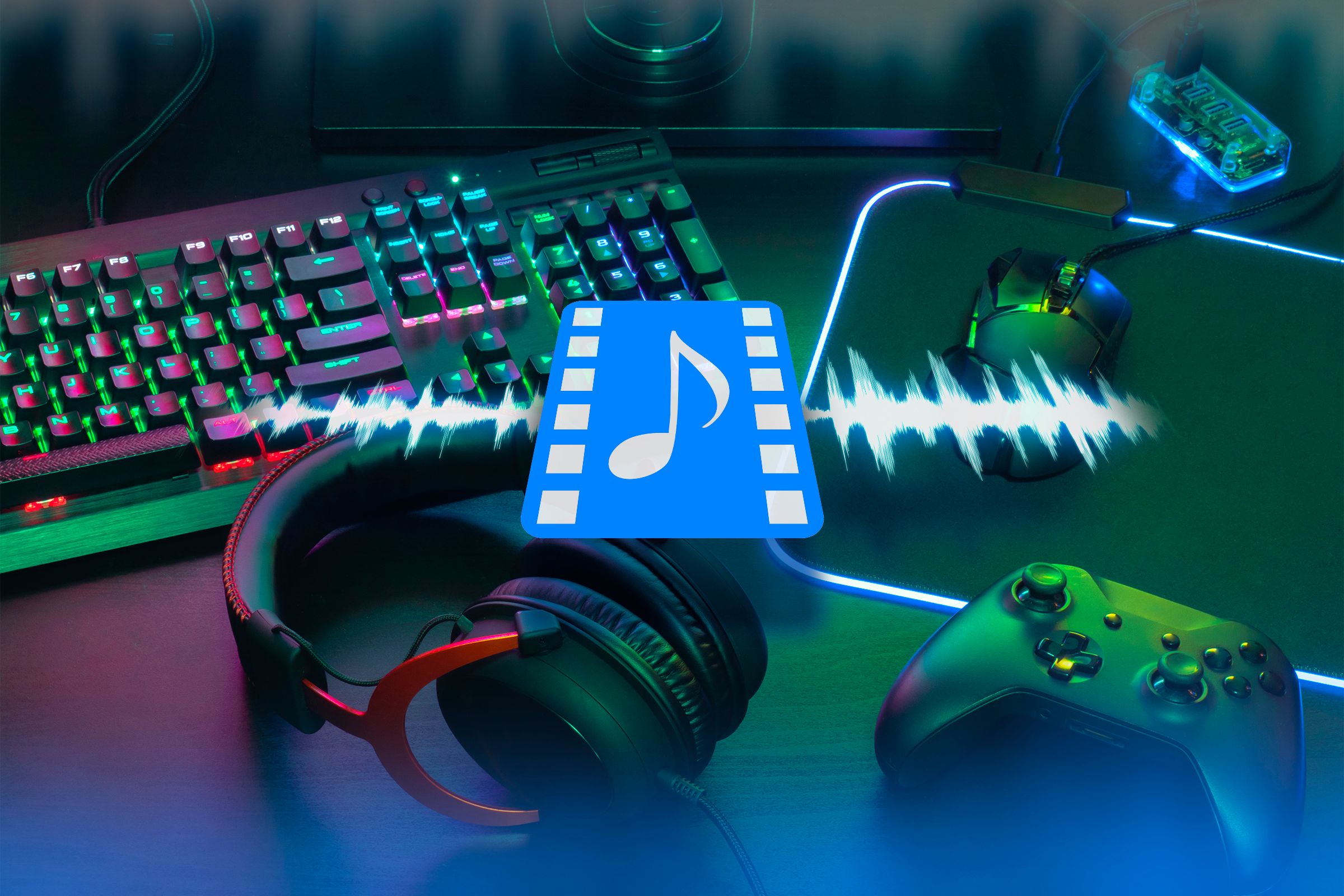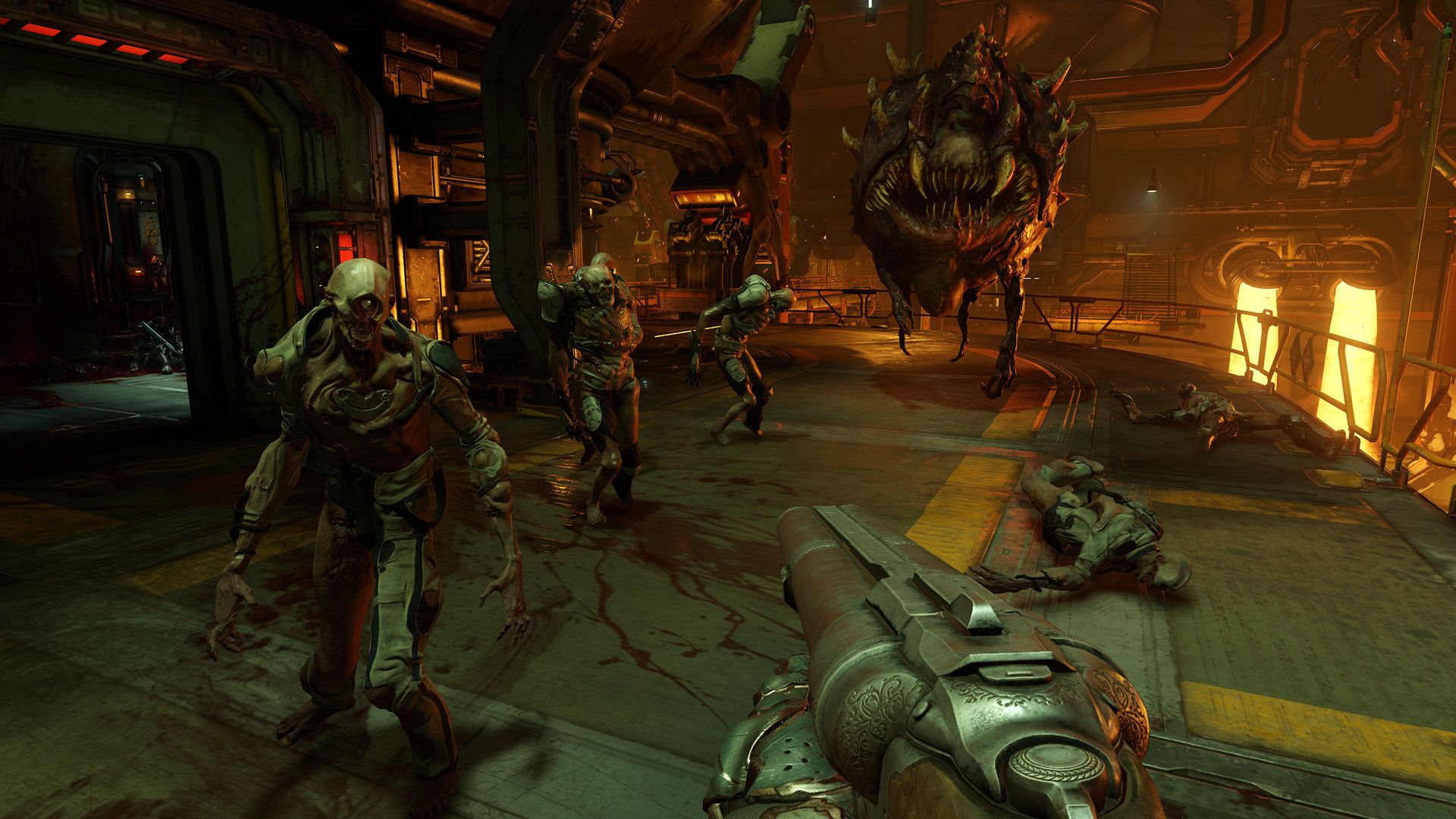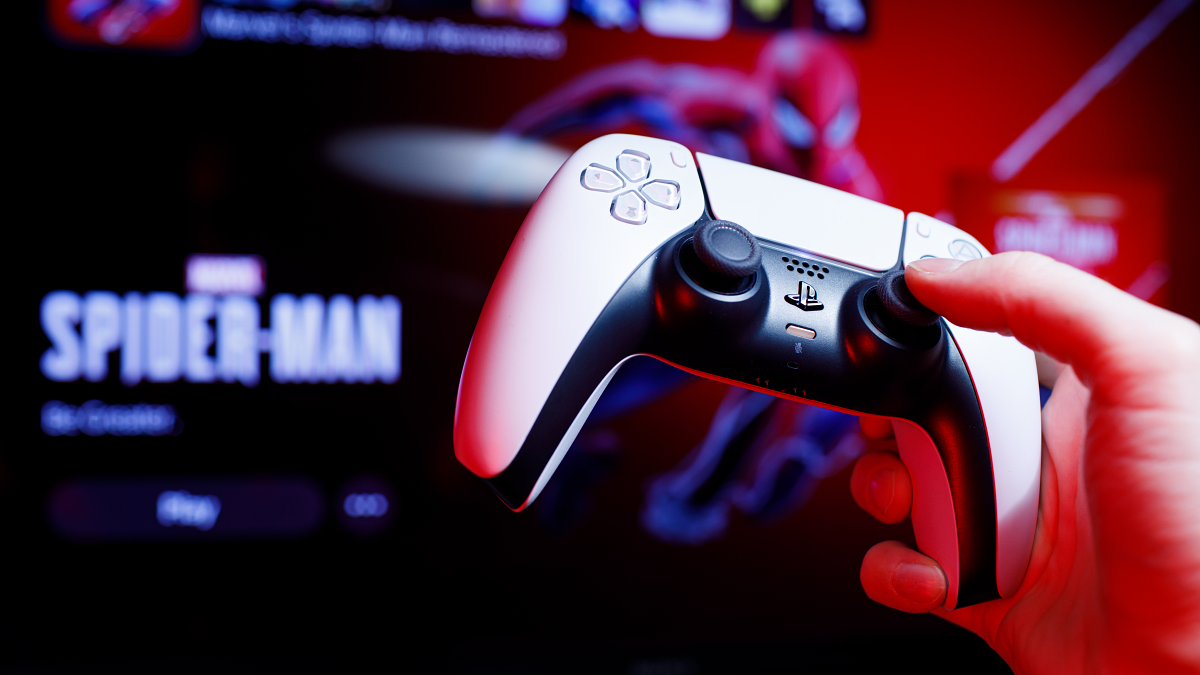There’s something about certain games that makes them “feel” good to play, but it’s not always easy to figure out why. The reasons differ for every game, but most can attribute their satisfying “game feel” to a mixture of five important qualities.
What Is “Game Feel”?
“Game feel” refers to a video game’s capability to create tactile sensations through gameplay. For example, some games convey a sense of weight or smoothness in their mechanics, such as the “heavy” combat of Monster Hunter Wilds or the “fluid” movement of Titanfall 2.
To be more specific, game feel is the result of numerous design elements working together to immerse you in a gaming experience. The most effective games can trick your senses into believing that virtual objects have weight or that on-screen actions can have a physical impact. Of course, swinging a sword in a video game won’t have the same heft as using a real sword, but it’s convincing enough for your interactions with a game to almost feel real.
5
Animation Has Weight
For a game to feel convincing, it needs to look convincing. To accomplish this, game animations need to convey the force and impact of every movement, attack, or any other action characters can perform. Subtle animation details, like guns jerking back with recoil or characters momentarily stumbling after being hit by an attack, add a sense of weight to gameplay.
The Dark Souls series notably uses its animations to dramatically alter the feel of combat. Different weapons convey their weight through the speed of their attack animations. Short swords allow you to attack with a flurry of quick, controlled slashes that make the weapon feel light. In contrast, great swords feel hefty and immensely powerful with slow, strenuous swings and bludgeoning strikes that knock enemies onto the ground.
However, realism doesn’t always create a positive game feel. Red Dead Redemption 2 features impressively lifelike animations, which help its gameplay feel grounded in reality. The realistic gut punches and gunshots make combat feel visceral and exciting, but the game’s commitment to realism unfortunately bleeds into its mundane interactions. Grabbing items, swapping weapons, and even basic movement are all frustratingly slow. While the game certainly feels realistic, it isn’t always enjoyable.
Most games employ a variety of animation techniques that forgo realism in favor of snappy and stylish movements. Many games with stylized visuals—such as Overwatch 2 and Zenless Zone Zero—use “squash and stretch” animation. This technique involves subtly altering the shape of objects or character models to exaggerate certain motions, which helps many games deliver expressive animations and smooth-feeling gameplay.
Games with a focus on melee combat will also utilize “hit stops”: pauses in animation that occur the moment your attack lands on an opponent. Hit stops are not only useful for informing players when an attack connects, but also ensure every hit feels impactful.
4
Audio Adds the “Oomph”
The way a game sounds has a significant effect on how it feels to play. If you want to see for yourself, try playing any game with the sound effects completely disabled. You’ll find that most actions feel empty and weightless, regardless of how good their animations look.
Sound design influences our expectations of how certain actions should feel. If an attack lands with a thunderous boom, it would feel like you struck the opponent with the force of a freight train. On the other hand, a gun that fires with a quiet pop would feel underwhelming.
However, positive game feel isn’t determined by which sounds are the loudest, but rather by the ones that are most fitting. Fighting games typically use different sound effects to convey when an attack successfully connects and when it gets blocked. The successful strikes of Tekken 8 and Street Fighter 6 are loud, piercing blows with a slight echo that encourages you to continue your combo. In contrast, blocks are met with a light and blunt thud. Although your attack animation plays out exactly the same, the difference in audio completely changes how the moment of impact feels.
Even outside of action games, good sound design can create a gratifying game feel. Animal Crossing: New Horizons doesn’t receive much credit for its brilliant sound design, but there are plenty of clever decisions that went into the cozy life simulator’s presentation. Chopping a tree with your ax, digging with a shovel, or reeling in a fish are all accompanied by deep, impactful sounds that bring a cathartic pleasure to even the simplest tasks.
3
Game Logic Influences Your Perception
A game’s internal logic also plays an important role in shaping its game feel. Although animation and audio are similarly important, the most effective way games can produce tactile sensations is by reinforcing those feelings through gameplay. If a weapon is meant to feel powerful, it should deal a large amount of damage. Similarly, if a character or vehicle is meant to feel fast, it should be capable of visibly speeding through stages. Presentation alone can’t guarantee a perfect game feel, which is why gameplay needs to be consistent with presentation.
There’s a reason shooting games often use shotguns as a benchmark for game feel. Many iconic first-person shooting games like Doom Eternal, Unreal Tournament, and F.E.A.R. depict shotguns with booming sounds and intense recoil, and their intimidating presentation is reflected in their ability to instantly obliterate enemies. More grounded shooters like Rainbow Six: Siege and Counter-Strike 2 are more subdued with their depictions of shotguns, but even these portrayals feel powerful thanks to their high damage-outputs.
Racing games follow similar rules. Elements of the presentation like motion blur, realistic audio, and on-screen speedometers help build a sense of speed, but the feel of your car ultimately depends on its performance. Simcade racing games like MudRunner and Forza aim for an immersive experience. In these games, you can feel the weight of your car and the grip of your tires while maneuvering through narrow corners, losing traction on rain-soaked roads, or trudging through muddy terrain.
2
Responsive Controls Are Essential
More than anything else, positive game feel depends on quality controls. Good controls make it easy to get immersed in a game. At their best, they can feel like a natural extension of your own actions. A single button press feels satisfying when it’s attached to the heaviness of throwing a punch or swinging a weapon. Pushing down on the trigger buttons is similarly exhilarating when they serve as the pedals of a speeding car. With responsive controls, in-game actions feel simple and straightforward to execute, allowing gameplay to consistently feel as smooth or stressful as the developers intended.
Even complicated control schemes feel great once you properly understand them. Fighting games are notorious for their complex motion inputs, but they make combat feel extremely rewarding. Launching an uppercut or a fireball by replicating your character’s movements feels much more engaging than performing the same move with a basic button press. Likewise, complex action games like Devil May Cry V and Ninja Gaiden 2 Black require some time to adapt to their controls, but that makes them equally rewarding to master.
Just as good controls can redeem almost any shortcomings in a game’s presentation, bad controls can invalidate everything else that contributes to a positive game feel. Technical issues like input lag and inconsistent frame pacing can create a frustrating delay between your button inputs and on-screen actions. Poorly designed and unintuitive button layouts can also detract from the feel of a game, resulting in an experience that’s cumbersome to control at best, and actively painful to play at worst.
1
Haptic Feedback Delivers Real Sensations
Haptics have been a part of console controllers and arcade machines for decades—providing players with a way to literally feel the on-screen action of their games—but their capabilities have been severely limited. For older consoles, “haptic feedback” was just a fancy term for the controller’s basic rumble function. Some older games use haptic feedback better than others—especially in peripherals like race wheels and haptic cushions—but the feature rarely ever felt like a game-changer.
Thankfully, modern console controllers like the Nintendo Switch’s Joy-Cons and the PlayStation 5’s DualSense use linear actuators to provide a dynamic range of immersive touch effects. Astro Bot demonstrates the DualSense’s haptic feedback by using the controller to simulate the feeling of walking across different surfaces, standing in the rain, swimming underwater, and a multitude of other sensations that games have never been able to replicate until now.
Another reason the PS5 can deliver such fantastic game feel is the DualSense’s adaptive triggers. This feature dynamically adjusts the pressure resistance of the trigger buttons, giving inputs a satisfying heftiness. Adaptive triggers shine the most in shooting games, wherein the extra pressure lends each trigger pull a realistic heaviness, but they also add to the weightiness of web-slinging in Marvel’s Spider-Man 2 and the visceral combat of God of War Ragnarök. Haptic feedback is still severely underutilized in modern games, but its recent advancements have raised the bar for game feel.
It’s rare for a game to excel in every aspect that contributes to a positive game feel, but the ones that succeed feel perfect to play. The next time you find a game that “feels” just right, consider how it measures up to each of these qualities.









